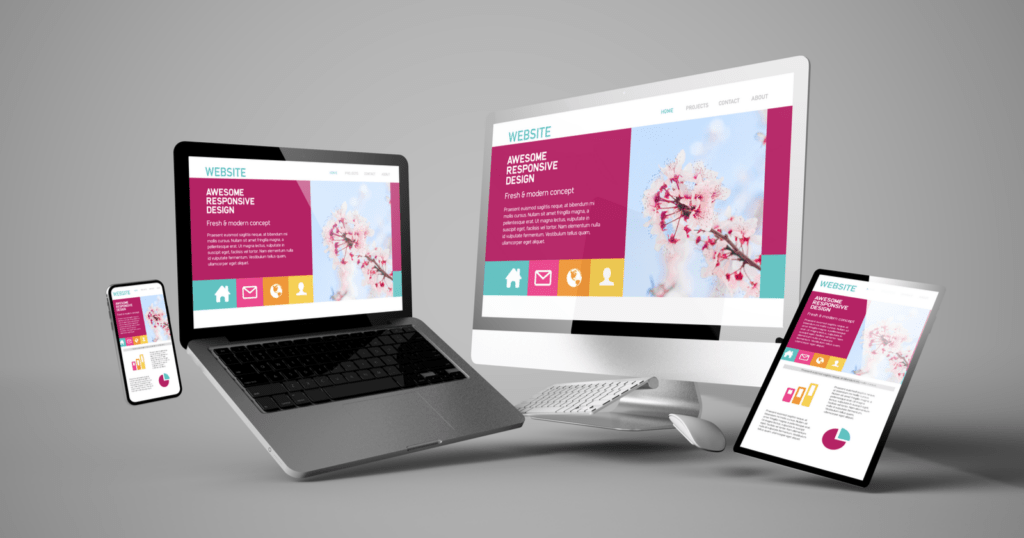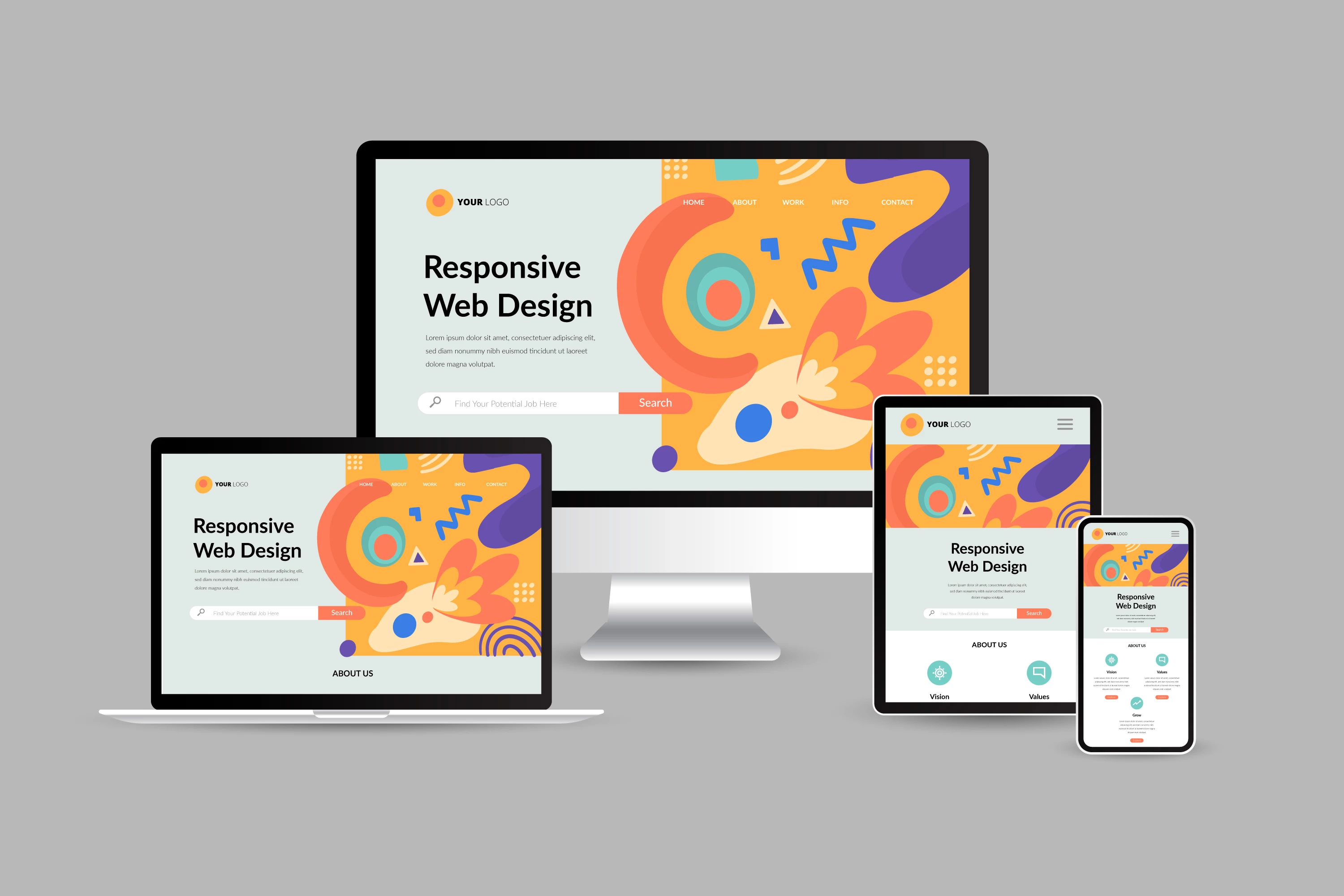Expert Website Design Services to Create Engaging and Functional Websites
Expert Website Design Services to Create Engaging and Functional Websites
Blog Article
Leading Tips for Developing an Impactful Web Site Design That Transforms
In today's digital landscape, the importance of an impactful site layout can not be overstated, particularly when it involves transforming visitors right into customers. To achieve this, one must take into consideration a variety of elements, including comprehending the target market, focusing on user experience, and optimizing for mobile platforms. Furthermore, the strategic use of compelling call-to-actions and a well-defined aesthetic power structure plays a crucial duty in assisting users through their journey. As we discover these crucial components, it comes to be noticeable that the success of your internet site depends upon even more than just aesthetic appeal; it calls for a thoughtful technique to design and performance.

Understand Your Target Target Market
Understanding your target audience is essential to effective site design, as it lays the foundation for developing an appealing individual experience. Identifying who your customers are, including their demographics, choices, and actions, makes it possible for developers to tailor the website's web content, format, and capability to satisfy specific needs.
Performing comprehensive market research study is crucial in this process. Surveys, interviews, and analytics can supply valuable insights into user assumptions and pain points. By assembling this information, designers can create customer personas that stand for different segments of the target market, making certain that design decisions are educated and pertinent.
Moreover, understanding the target audience aids in selecting appropriate style components such as color design, typography, and images that reverberate with users. A web site that talks directly to its audience cultivates a sense of link and depend on, encouraging longer check outs and greater conversion prices.
Inevitably, a user-centered approach to site style not just boosts individual contentment yet also supports business objectives by driving interaction and commitment. By prioritizing the demands and preferences of the target audience, a site can successfully serve its purpose and achieve wanted end results.
Prioritize Customer Experience
To improve the general efficiency of a web site, prioritizing user experience (UX) is important (Website Design). A well-designed UX guarantees that visitors can browse the website easily, discover information swiftly, and engage with content meaningfully. This results in boosted customer contentment and greater conversion prices
Begin by carrying out intuitive navigating. Menus needs to be realistically structured, enabling individuals to situate crucial areas of the site with very little initiative. Consistency in design elements, such as color design and fonts, cultivates knowledge, which is critical for maintaining customer interaction.
Additionally, take into consideration the packing speed of your internet site. A hold-up of just a couple of secs can result in considerable drop-offs, as users are much less likely to await a slow-loading page. Streamlining pictures and maximizing code can improve performance and keep site visitors.
Additionally, clarity in material discussion is essential. Usage succinct, appealing my latest blog post language and separate text with visuals to boost readability. By prioritizing individual experience, you not just develop a much more delightful environment for site visitors yet likewise strengthen your brand's reputation. Ultimately, a focus on UX is a financial investment in the long-lasting success of your web site.
Maximize for Mobile Devices
Maximizing for mobile gadgets is vital in today's electronic landscape, where a raising variety of individuals accessibility websites through mobile phones and tablet computers. A mobile-friendly design not only enhances individual experience however also plays a significant role in boosting internet search engine rankings. To accomplish this, it is vital to embrace a responsive layout that instantly gets used to numerous screen dimensions and orientations.

Filling speed is another important aspect; mobile users are normally much less client and anticipate rapid access to info. By focusing on mobile optimization, you ensure that your site remains competitive and properly engages a wider audience.
Usage Engaging Call-to-Actions
A website's efficiency commonly depends upon its capacity to guide site visitors towards preferred actions, making engaging call-to-actions (CTAs) important parts of layout. CTAs serve as the essential points that direct individuals to involve with the website, whether that means making an acquisition, registering for a newsletter, or downloading a resource.
To create efficient CTAs, clearness is vital. Use concise language that clearly interacts the action you want the user to take.
Moreover, the style of CTAs ought to stick out without being interfering. Use contrasting shades and clear fonts to guarantee they record interest. Furthermore, think about making use of directional signs, such as arrows or images, to direct users toward these buttons. By concentrating on these components, companies can significantly improve user involvement, driving conversions and eventually achieving their website's goals.
Concentrate On Visual Power Structure
Efficient website style depends heavily on a well-structured aesthetic hierarchy that overviews individuals through content effortlessly. By arranging aspects in a fashion that focuses on details, designers can improve user experience and assist in decision-making. This includes utilizing dimension, shade, contrast, and spacing tactically to attract interest to one of the most crucial elements of a webpage.
Using larger font styles for headings and subheadings develops a clear distinction between different areas, permitting users to blog here scan material easily. Furthermore, using contrasting colors for buttons and calls-to-action can catch user interest and motivate communication. Whitespace is an additional essential component; it stops clutter and enables customers to concentrate on crucial messages without interruptions.
Pictures and graphics need to match the text while additionally adhering to the recognized pecking order, strengthening the general message (Website Design). Uniformity in design elements, such as color plans and typography, further enhances the visual pecking order, making navigating instinctive

Conclusion
In final thought, effective web site design necessitates a comprehensive understanding of the target audience, prioritization of customer experience, and mobile optimization. Ultimately, a well-executed site layout serves as a crucial component in site web driving customer actions and attaining company purposes.
Report this page